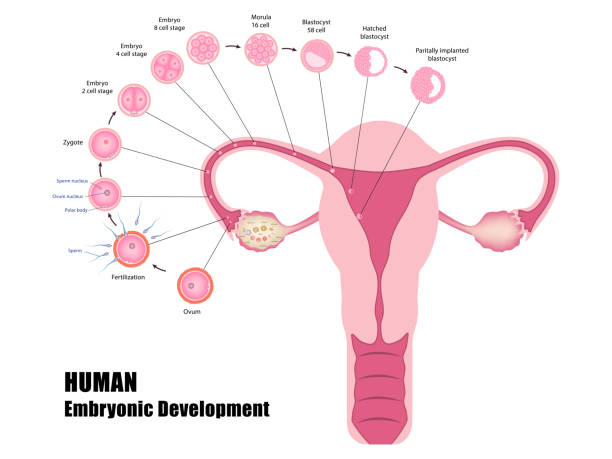
The embryonic development in the uterus is a complex process that starts with the fertilization of an egg by a sperm cell. The fertilized egg, called a zygote, then begins to divide and form into multiple cells. As the cells divide and grow, they move through the fallopian tube and into the uterus, where they implant in the uterine wall.
Once implanted in the uterus, the cells continue to divide and develop into a blastocyst. This stage of development is when the cells differentiate and form the three primary germ layers that will eventually become the different organs and tissues of the body.
The blastocyst then implants into the endometrium, where it will continue to develop and grow. Over the course of the next few weeks, the cells differentiate further, forming the different organs and systems of the body. At this stage, the fetus is referred to as an embryo.
The embryo continues to develop and grow in the uterus for the next 9 months until it is ready for birth. During this time, the embryo receives its nutrition and oxygen from the mother’s blood supply. The placenta also forms during this time, connecting the mother and the fetus and providing a pathway for nutrients and waste to pass between them.
At the end of the nine months, the fetus is ready for birth. It is now considered a newborn baby and is capable of surviving outside of the womb.

embryonic development,uterus,
fertilization
